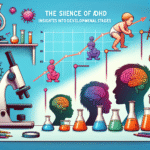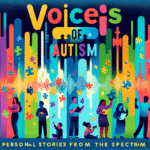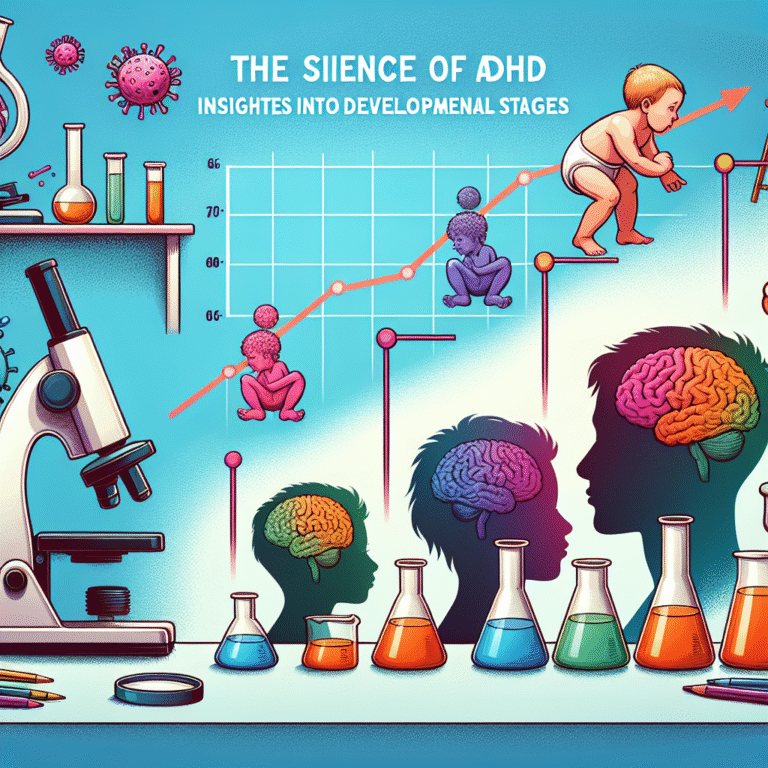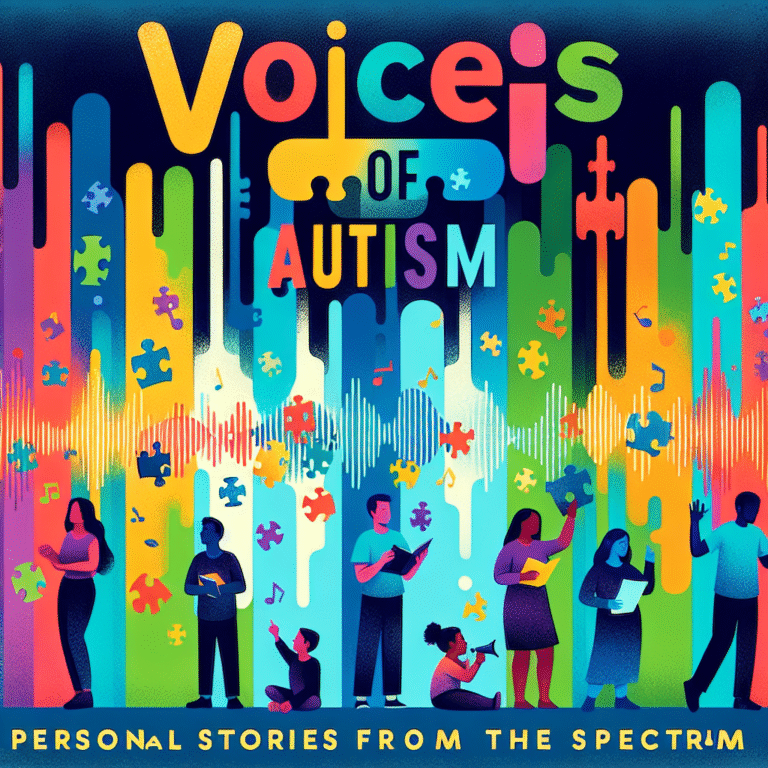
Introduction
In the realm of psychology, understanding temperament is not just an abstract concept but a crucial tool that can unlock the complexities of human behavior and personality dynamics. Every day, our interactions are influenced by underlying temperamental traits, shaping everything from our friendships to workplaces and even family dynamics. So, why is understanding temperament so critical? Because it can enhance personal relationships, improve workplace efficiency, and foster emotional intelligence. Whether you’re a manager looking to improve team dynamics or a parent striving for better communication with your child, recognizing the nuances of temperament is the fundamental key to unlocking the intricate dynamics of personality.
What Is Temperament?
Defining Temperament
Temperament refers to the innate aspects of an individual’s personality, including their emotional sensitivity, energy levels, and reactions to the environment. These core traits are often visible from early childhood and remain relatively stable throughout life, making them one of the essential components in understanding personality.
The Four Temperament Types
A classic way to categorize temperament is through four main types, originally identified by ancient philosophers:
- Sanguine: Sociable, enthusiastic, and lively.
- Choleric: Ambitious, leadership-oriented, and analytical.
- Melancholic: Thoughtful, detail-oriented, and sensitive.
- Phlegmatic: Calm, reliable, and peaceful.
Understanding these types is vital as it sets the stage for recognizing personality dynamics in various contexts.
Temperament vs. Personality
While temperament and personality are often used interchangeably, they are not the same. Temperament lays the foundation, while personality builds upon those innate traits influenced by environmental factors and life experiences. Recognizing this distinction helps in understanding why two people with similar temperaments may display different behaviors or characteristics later in life.
The Role of Nature and Nurture
Genetic Influences on Temperament
Research has shown that temperament has a heritable component. Studies involving twins suggest that genes can influence our emotional responses and behavioral styles by as much as 50%. Understanding temperament means recognizing the role of our genetic makeup in shaping our personality dynamics.
Environmental Factors
While genetics plays a significant role, it’s equally essential to consider environmental influences. Family dynamics, culture, and experiences greatly affect how temperament manifests in an individual’s personality. A choleric child, raised in a supportive environment, may develop strong leadership qualities, while the same child in a suppressive environment may struggle with self-assertion.
Case Study: The Resilient Choleric
Consider the case of Sarah, a naturally choleric individual whose assertiveness was initially seen as too aggressive by her parents. However, with nurturing, support, and guidance, she learned to channel her leadership abilities positively, thriving in various roles in her career. This illustrates that understanding temperament can help us navigate challenges in personal and professional relationships.
Understanding Temperament in Different Realms
The Workplace
In a professional setting, understanding temperament can significantly enhance team dynamics. When team members recognize each other’s temperamental styles, they can communicate more effectively and collaborate more harmoniously.
Table 1: Temperament Traits and Workplace Behaviors
| Temperament | Key Traits | Ideal Work Environment | Challenges |
|---|---|---|---|
| Sanguine | Outgoing, Creative | Collaborative Teams | Easily distracted |
| Choleric | Goal-oriented, Driven | Leadership Roles | Can be overly aggressive |
| Melancholic | Analytical, Thoughtful | Research/Analysis Roles | Prone to overthinking |
| Phlegmatic | Peaceful, Reliable | Supportive Teams | Tendency to avoid conflict |
In Parenting
Understanding temperament can also help parents foster better communication with their children. For example, a melancholic child might require a more gentle approach to discipline than a choleric child, who may respond positively to clear, direct communication.
Case Study: Parenting Styles
John and Jane are parents of two children – a sanguine daughter and a melancholic son. By acknowledging their children’s temperamental differences, they’ve adjusted their parenting styles accordingly. They praise their daughter’s creativity and energy, while being sensitive to their son’s need for quiet time, showcasing the essence of understanding temperament.
Strengthening Relationships
Romantic Relationships
In romantic partnerships, understanding each other’s temperamental styles helps partners navigate conflicts more effectively. A sanguine partner may thrive in social settings, while a melancholic partner may prefer quieter evenings at home. Recognizing these differences can foster compromise and balance.
Friendships
Friendships thrive when individuals understand each other’s temperamental traits. A phlegmatic person may offer stability and calm, while a choleric friend may inspire action and motivation. Understanding these dynamics can deepen connections and enrich interpersonal relationships.
Conclusion
Understanding temperament is a profound key to unlocking the intricate dynamics of personality. By recognizing the innate traits that shape our behaviors and interactions, we can foster healthier relationships, improve workplace efficiency, and enhance our emotional intelligence. Whether you are seeking to improve family dynamics, boost team performance, or simply want a deeper understanding of yourself and others, the insights gained from understanding temperament are invaluable.
Motivational Takeaway
Embrace the unique temperamental traits within yourself and others. By doing so, you can create a more harmonious environment, be it at home, at work, or in your social circles. Remember, understanding temperament is not just about categorizing traits; it’s about appreciating the complexities of human interactions and fostering a more empathetic and connected world.
FAQs
1. What if I’m a mix of different temperament types?
It’s entirely normal to exhibit traits from multiple temperamental categories. Most individuals are a blend, and this diversity can contribute to a richer personality and dynamic interactions.
2. How can I identify my temperament?
You can start by observing your emotional responses and behaviors in various situations. Personality assessments like the Myers-Briggs Type Indicator (MBTI) or the Enneagram can provide insights into your temperamental traits.
3. Can temperament change over time?
While core temperamental traits remain stable, personality can evolve due to life experiences, environment, and conscious effort. Understanding these shifts can help you navigate personal growth.
4. How can I use temperament knowledge in professional settings?
You can enhance team dynamics by accommodating different temperamental styles, improving communication, and facilitating tasks that suit diverse strengths.
5. Is understanding temperament relevant in mental health?
Absolutely! Many therapeutic approaches utilize temperamental understanding to tailor interventions and improve emotional resilience and coping strategies.
By delving deeply into understanding temperament, we unlock the door to more fulfilling lives and relationships. Let this serve as your guide to navigating the complexity of human personality dynamics!














